Community feedback: Wat spelers zeggen over hun ervaringen met Nixbet
In deze blogpost duiken we in de ervaringen van spelers met
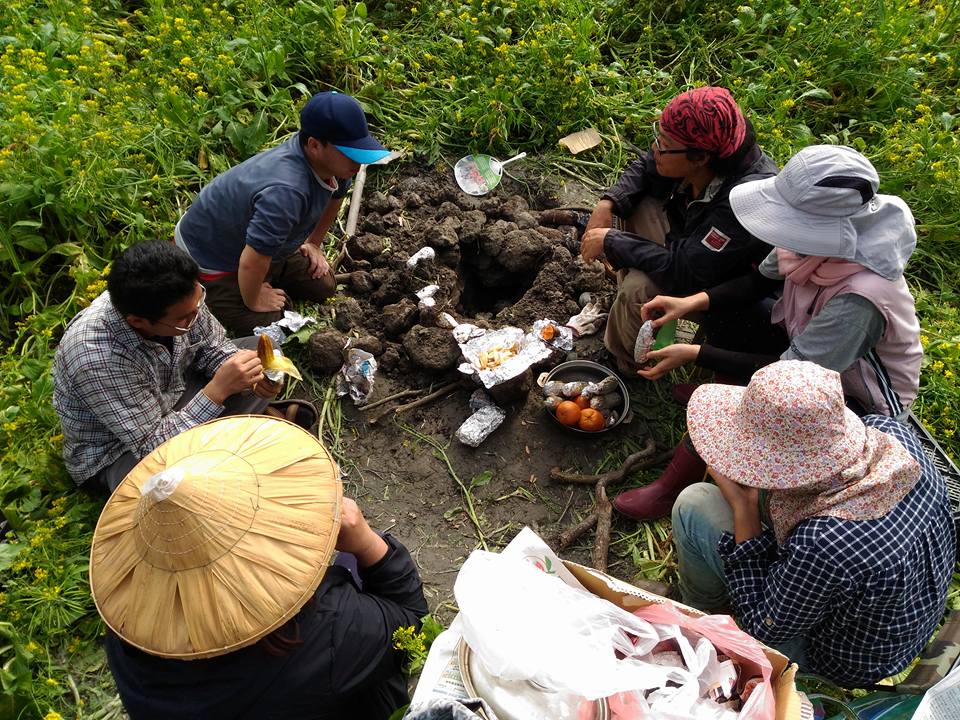
【Rice Agri-Food Education】8 Important Functions of Paddy Fields: Environmental Protection and Cultural Heritage
內容目錄
Toggle前一篇提到水田和旱田的差別,大家可能度水田的印象是「生產稻米」的地方。其實水田所具備的功能比生產糧食還要多得多!別小看在農村種稻米這件事情,其實種稻也間接或直接為人們的生活帶來許多好處。下面我們就來看看水田具備了那些功能吧!
The previous article mentioned the difference between paddy fields and dry fields. You may have the impression that paddy fields are places where “rice is produced”. In fact, paddy fields have much more functions than food production! Don’t underestimate the fact that rice cultivation in the countryside brings many benefits to people’s lives indirectly or directly. Let’s take a look at the functions that paddy fields have!
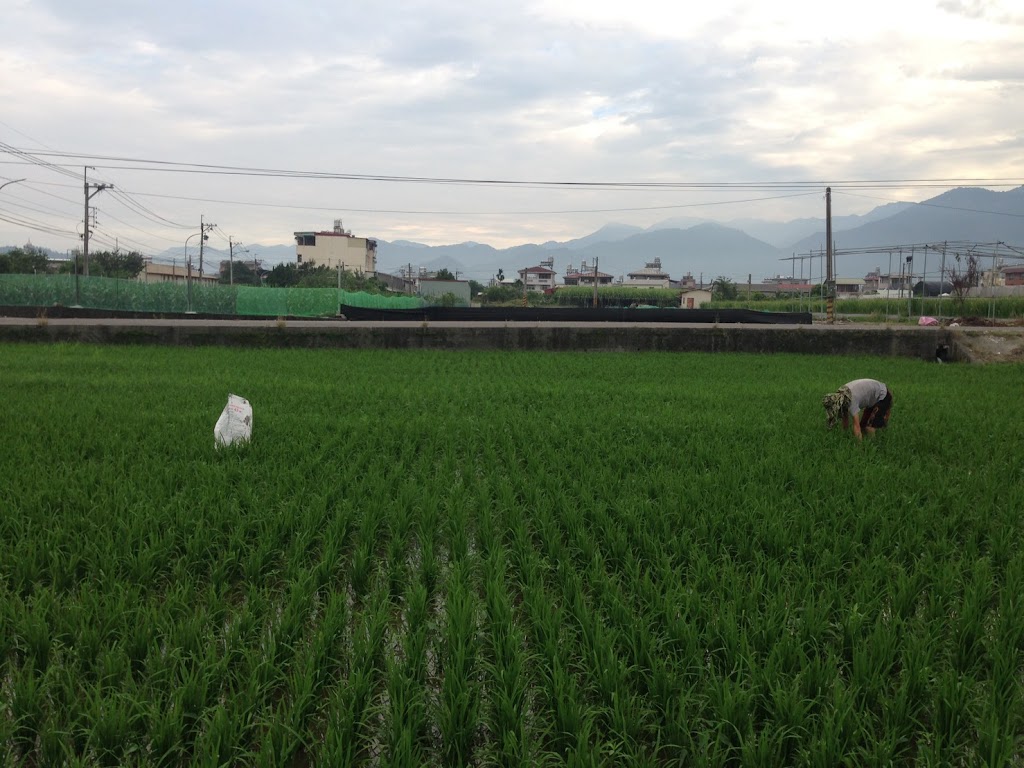

1. Flood control: The water retreat is surrounded by ridges, and rainwater can be temporarily accumulated when it rains heavily, and this rainwater will flow to the surrounding land slowly and in a small amount, so paddy fields can prevent floods and reduce damage, which is why some people call paddy fields as a “natural dam”.
2. Prevent soil loss: The water and ridges in paddy fields can protect the soil from being eroded by wind and rain, or flow into rivers and streams.
3. Stabilize the river flow: The irrigation water accumulated in the paddy fields and the rainwater falling into the paddy fields will flow to the river at a slow speed, which can maintain a stable water flow in the river.
4. Supply groundwater: Irrigation water and rainwater will slowly seep into the ground and become groundwater, so that people in downstream areas can use this water as industrial water and domestic water.
5. Cooling down: The water evaporated from the water surface and the water evaporated from the rice can reduce the temperature near the paddy fields and make the air cool, and this cool air will be brought to the town by the wind, reducing the temperature and slowing down the heat.
6. Biological habitat: Paddy fields are the home of many species of creatures. From the growth of seedlings, the rice itself and the small creatures in the soil are the food sources for many animals. The tall rice is also a shelter for animals. In the fields, you can see loaches, snails, earth lice, snails, tadpoles, frogs, fireflies, ducks, sparrows, egrets, railroad chickens, red-crowned water pheasants, turtles, snakes, and other animals.
7. Preserve the rural landscape: golden full rice ears, paddy fields reflecting the sky, flying dragonflies, and graceful egrets walking, these rural scenes that heal people’s hearts can only be preserved because of rice cultivation. If it is gone, the rural landscape of Taiwan may be a weed barren.
8. Inheriting rural culture: During festivals, people make rice cakes and cakes to worship the heaven and the land, praying for good weather and good harvest. From the beginning of the year to the end of the year, Taiwanese farmers work hard, and cooperate with the festivals to show their respect for nature, heaven and earth, giving birth to Taiwan’s unique “rice food culture”. These cultural rituals, which originated from praying for a bumper rice harvest, have gradually disappeared in the cities, but because of the close relationship between the rituals and rural life and farming in these years, they still remain in the countryside.
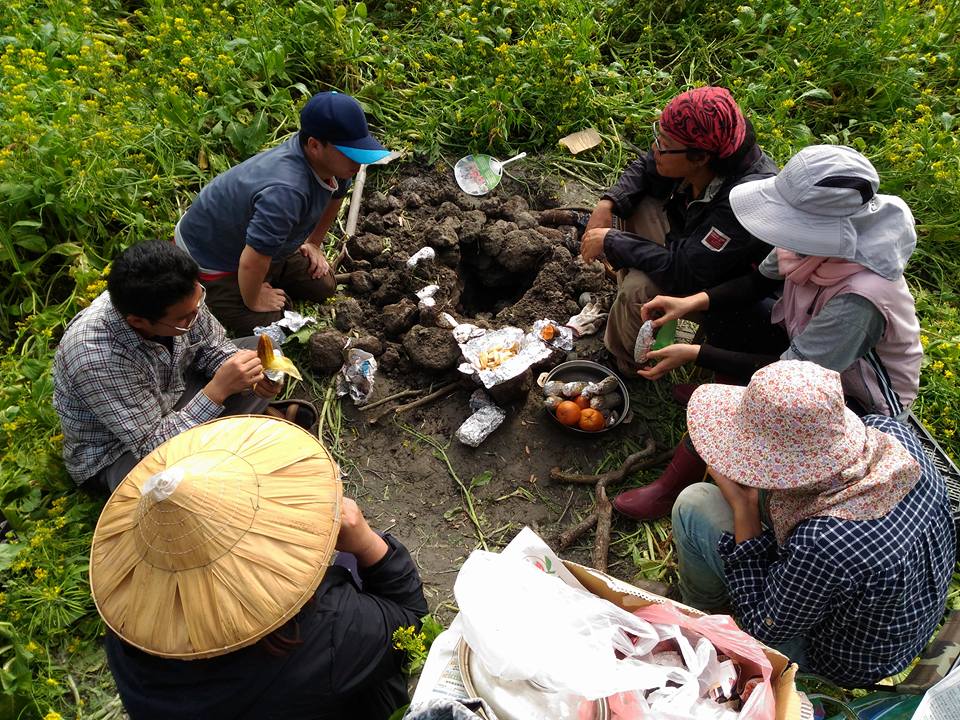
水田不僅是生產稻米的地方,也關係到生態保育、環境保護、農村文化的保存,是不是對水田有一點改觀了呢?下次放假,到農村待一晚吧,感受一下農村的魅力。
如果你不知道怎麼玩,也歡迎關注穀笠合作社FB粉專、籃城好生活FB粉專,我們舉辦雙語食農教育體驗、埔里在地小旅行、農村住宿空間、農村酒吧、埔里在地青年小聚、每年12月的冬至圓在地慶典,歡迎大家多多關注參與囉!

Paddy fields are not only the place where rice is produced, but also related to ecological conservation, environmental protection, and preservation of rural culture. Has the view of paddy fields changed a little? Next time when you have a holiday, don’t forget to stay in the countryside for one night and feel the charm of the countryside.
If you don’t know how to start, you are also welcome to follow Guli Cooperative Facebook Fans Page. We hold bilingual food and agriculture education tour and course, local tour in Puli, rural accommodation space, rural bar, local youth in Puli gatherings, the annual winter solstice celebration in December, everyone is welcome to follow and join us!

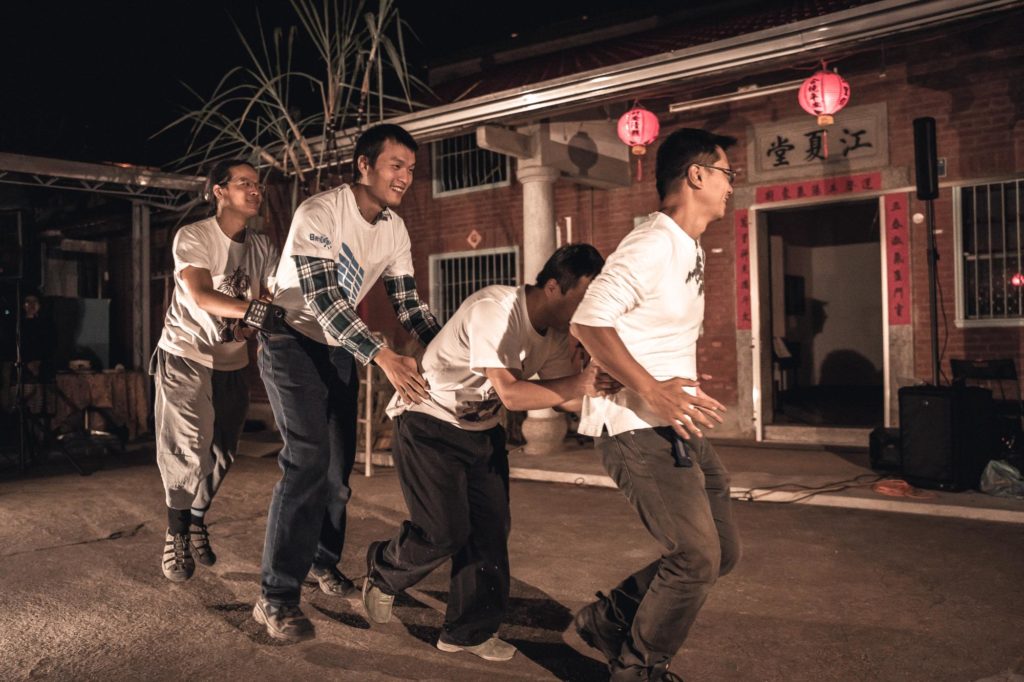
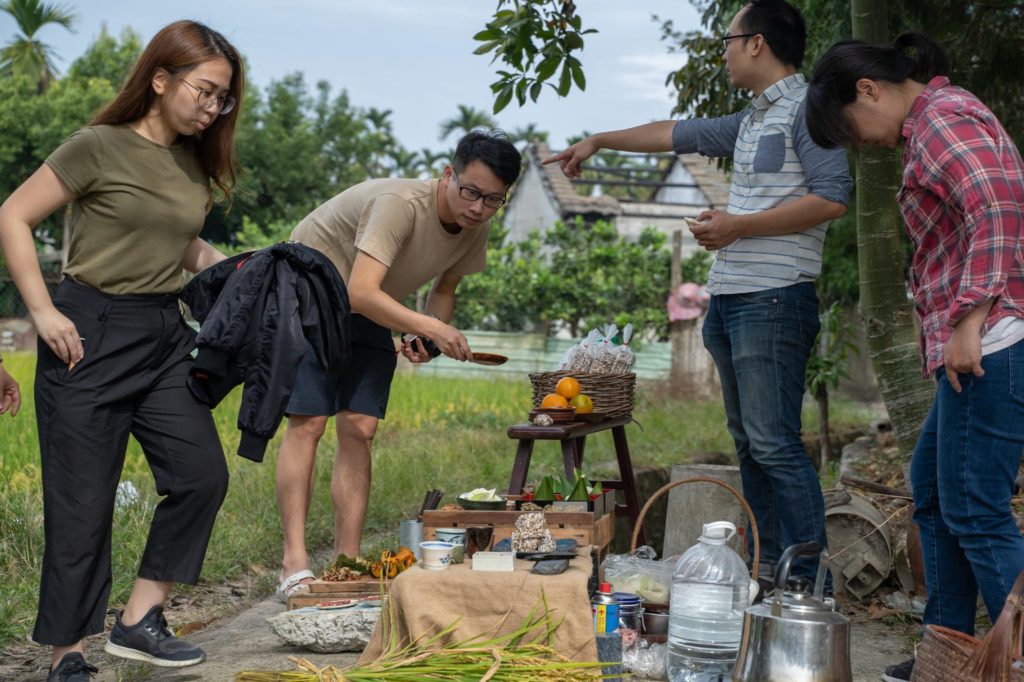
歡迎註明出處並轉載、分享,也歡迎預約雙語米食文化體驗課程喔!
Welcome to indicate the source and share the articles, and also welcome to book a rice culture experience tour with us!
In deze blogpost duiken we in de ervaringen van spelers met
In deze gids verkennen we het registratie- en loginproces va
Welche Dreamplay-Boni sind die lohnenswertesten für regelmäß